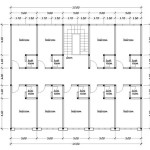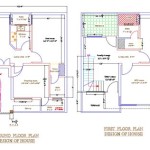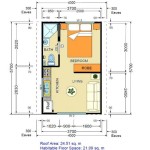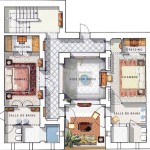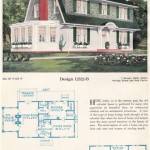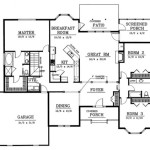Creating a Functional and Efficient Tiny House Floor Plan
Tiny houses have gained immense popularity due to their affordability, sustainability, and cozy charm. Designing a floor plan for a tiny house requires careful consideration to maximize space utilization and create a comfortable living environment. Here are some essential aspects to consider when crafting a tiny house floor plan:
1. Define Your Space Requirements
Before designing a floor plan, determine your essential living needs. Consider the number of occupants, the activities you'll engage in, and the necessary storage space. This will help you allocate space effectively and avoid cluttering.
2. Optimize Space Utilization
Every square foot counts in a tiny house. Design a functional and efficient layout by incorporating built-in storage, multi-purpose furniture, and clever space-saving solutions like foldable tables and hidden compartments.
3. Create Flexible Zones
In a limited space, it's crucial to create flexible zones that can adapt to different activities. Separate the sleeping area from the living space with curtains or a partition, and design a convertible area that can be used as both a dining table and a workspace.
4. Ensure Proper Lighting
Natural light plays a significant role in creating a spacious and inviting ambiance. Incorporate windows and skylights into your floor plan to maximize daylight and reduce the need for artificial lighting. Strategically place light fixtures to illuminate specific areas as required.
5. Prioritize Ventilation
Proper ventilation is essential to maintain a healthy and comfortable living environment. Design a floor plan that includes windows or vents to allow cross-ventilation and prevent air stagnation. Consider installing a ceiling fan or exhaust fan to circulate air and improve indoor air quality.
6. Consider Future Needs
While designing your tiny house floor plan, think ahead and anticipate potential changes in the future. Allow for some flexibility in the layout to accommodate future needs, such as the addition of children or the conversion of a room into a home office.
7. Seek Professional Guidance
Designing a tiny house floor plan requires expertise and attention to detail. Consider consulting with an architect or designer who specializes in tiny homes. They can provide valuable insights, help optimize space utilization, and ensure the plan meets building codes and safety regulations.
Conclusion
Creating a functional and efficient tiny house floor plan is crucial for maximizing comfort and livability in a limited space. By considering these essential aspects, you can design a layout that meets your unique needs and creates a cozy and inviting home for years to come.

Tiny House Design Floor Plans

Tiny House Plan Examples

Family Tiny House Design Floor Plans Layout

Tiny House Floor Plans 32 Home On Wheels Design

Open Concept Kitchen With Island Facing Living Room

New Tiny House Plans Blog Eplans Com

Tiny House Floor Plan Design

Small Home Design Live 3d

8 28 7 Tiny House Design Floor Plans Small

2 Bedroom Tiny House Plans Blog Eplans Com

